by Ann Armbrecht, SHP Director
The FW Foundation celebrated its tenth anniversary in 2018. The trade in wild-sourced botanicals, the sustainability of which FairWild is covering, has been growing year-on-year, creating the opportunity for more stakeholders to engage in this rigorous wild-harvesting and fairtrade standard. See Biodiversity and Wild Herbs for an overview and two videos on the FairWild standards.
And so Anastasiya Timoshyna, TRAFFIC, Bryony Morgan, FairWild Foundation and I organized a panel on “FairWild: Today & Tomorrow” at BioFach, the world’s biggest organic trade show this past February to hear from FairWild stakeholders about their experience. Our hope was that this would be a chance to learn from their experiences and encourage others to join the FairWild initiative.
Though each stakeholder’s perspective differed slightly depending on their position in the value network, some common themes emerged.
Traceability and Documentation
“FairWild is unique in that it offers traceability, transparency, and data for wild-harvesting sourcing and trading situation, said Josef Brinckmann, Research Fellow, Medicinal Plants and Botanical Supply Chain for Traditional Medicinals, [and a member of the FairWild Board of Trustees].
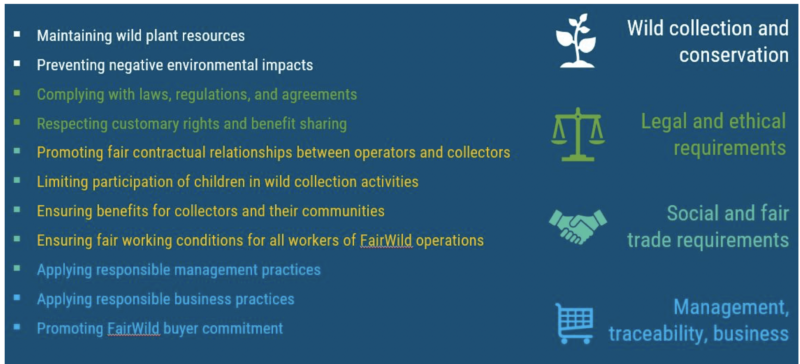
FairWild Principles: Graphic courtesy of FairWild Foundation
“If you are a company that is growing, it is crucial to know the capacity of your producers.” But it is impossible to know how much producers can supply if you have no understanding of how much of any given plant is growing in their region.
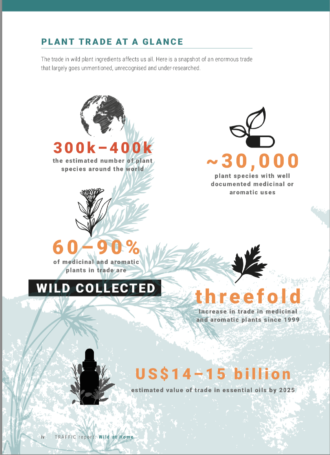
Graphic courtesy of FairWild Foundation
The resource assessments required under the FairWild scheme document how much can be harvested annually. The species and area management plans bring together information about the monitoring of harvesting impacts.
“Before the implementation of the certified organic standard twenty years ago,” Josef continued, “you couldn’t find these things out. And even these days, if you still operate in the uncertified conventional world, you have no data about supply and capacity. You are just buying off the open market, hoping that your suppliers and processors will find enough wild collected plants.”
As Sebastian Pole told me once, “Think about your bank account. If you don’t have any money in your bank account, you don’t go out.” We don’t have any idea of how many plants are growing. And until that information is documented, not only is it irresponsible to continue to harvest from the wild, it makes bad business sense.
Hope doesn’t seem to be the smartest strategy for a business that depends on buying and selling plants collected from the wild. “Yes, FairWild is difficult,” Josef concluded. “It is a little complicated and more costly. But in my view, it is still relatively inexpensive insurance that provides you with information about your supply chain, transparency, traceability and numbers so that you can plan better in the future.”
Peace of Mind
This predictability is also good for producer groups. Under FairWild, they sell their product at a fair and transparent price based on their cost inputs, so that prices are not subject to fluctuating markets. Gus Le Breton, director of a producer company B’Ayoba that produces Baobab fruit, powder and oil from Zimbabwe, said cost is the biggest challenge for them. There is still a gap between the cost of participating in FairWild and the revenues they earn.
“What we don’t know, he added, “and what we cannot assess, is whether the fact that we are FW certified has given our customers more confidence in us and our capacity. But what I do know is that whenever anyone asked me about the sustainability of harvesting, I’m able to tell them that every year we are inspected by a professor of botany from Stellenbosch University. To tell my customers that gives me a great deal of peace of mind and it answers a lot of questions they might have. For me, that’s an advantage of the system. That’s why I really believe that we need to invest in FairWild and grow it. At the moment it simply hasn’t reached the critical mass that’s needed to make it really viable.”
Wild Harvesting in the Himalayas
Khilendra Gurung from the Himalayan BioTrade Pvt. Ltd in Nepal also spoke about the value of providing documentation for managing harvesting of wild collected plants. With Asia Network for Sustainable Agriculture and Bioresources (ANSAB), TRAFFIC, and industry partners Khilendra is part of a UK Government Darwin Initiative grant to explore the possibility of producing FairWild certified jatamansi (Nardostachys grandiflora). Jatamansi is the first species included in Appendix II of the Convention on International Trade in Endangered Species of Wild Fauna and Flora (CITES) to be considered for FW certification and so it becomes an important benchmark for FairWild certification as a whole. Khilendra worked with wild collectors across the Himalayas for many years. In his experience, he said, FairWild is the best tool for sustainable sourcing and for promoting ethical business practices. Below is a clip of Khilendra’s comments:
“People claim they are harvesting the resources sustainably,” he said. “But there are gaps – like not having resource inventories or proper management plans to monitor harvesting.” “Producers already work hard in Nepal,” he continued. But they will need help preparing the necessary documents during audits.
And finally, he mentioned that because jatamansi is a CITES listed plant, traceability was likely to be a challenge. Since the jatamansi was collected in one region and then transported to lowland Nepal to be distilled, they would need to ensure that the jatamansi they receive is actually the FairWild certified jatamansi and not something else.
Need for New Companies to Join and Consumers to Support
Mike Brooks from Organic Herb Trading Company (OHTC) also spoke about the need to find a bigger market for FairWild certified goods. “It would be deeply irresponsible for OHTC to encourage the adoption of the standard and its concomitant costs when we are unsure that the collectors would derive a financial benefit because right now there just aren’t enough committed buyers.”
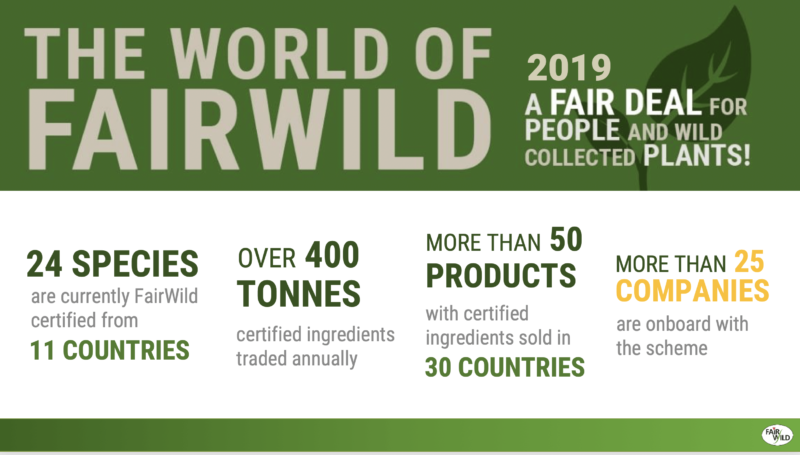
Graphic courtesy of FairWild Foundation
Mike talked about the regulatory burdens, that are difficult even for wealthy nations. “Given the testing regimes for pesticides, microbiology, heavy metals, the use of clean sacks, regular hand washing, using gloves, keeping away from animals, etc., not to mention the many government regulations around food safety, it is not surprising that collecting companies may be reluctant to engage. On top of that, the FW collector, who wants to harvest as much as possible as quickly as possible to meet his/her earning expectation, is required not to collect from certain areas and even then to only take a small percentage of the target species.”
Will the Plants Be Here?
Wilson Lau, director of Nuherbs, a company that sources Chinese herbs for the US market, is not yet in the FairWild supply chain, though they have been considering it for some time. “As we celebrate our 40th year in business, one of the things that we think about is how can be here for the next 40 or 60 years. Like Joseph said earlier, the only way to do that is to make sure the wild collected plants that we have are properly managed and have a resource plan. This is going to be even more important as climate change disrupts supply chains and as demands for these plants increases.”
“As a company we need to be able to answer whether we can source that much raw material or are we causing permanent damage? You have to think about these questions when you are using these plants, especially as demand increases.”
“Even if we think FairWild is a good thing,” Wilson said, “are our buyers and their consumers really willing to pay for it? We need to consider whether we have committed buyers for FairWild certified raw material to justify the cost and to sustain the certification.” He paused, and then added, “But sometimes we just have to take a leap of faith and try something.”
Matchmaking
Anastasiya then introduced a new Ingredients section of the FW website to make it easier for companies to engage with the FairWild System. This section highlights the various products that are currently certified and lists those with a strong potential to become certified in the future.
Chicken or the Egg?
After the presentations, we broke into small groups to talk about the need to drive more companies to adopt FairWild. There was a lot of discussion about where the impetus needs to originate – with end consumers or branded companies. One of the biggest challenges with FairWild is that people rarely know – or know to care – whether plants are from the wild. A group of companies, FairWild Foundation and TRAFFIC launched FairWild week – the week of June 24-28 2019 – as a focused effort to raise that awareness. TRAFFIC published a report, Wild at Home, to document what is known about wild harvesting of plants around the world. Everyone agreed that longterm, we all need to change our attitudes around what we buy.
But, Steve Broad, Executive Director of TRAFFIC said that ultimately their group concluded that more companies need to just take the leap as the founding companies supporting FairWild have done. There needs to be more change makers on board. Companies need to do this not because they have the consumers on board. They need to do it because it is the right thing to do.
What can I do?
-
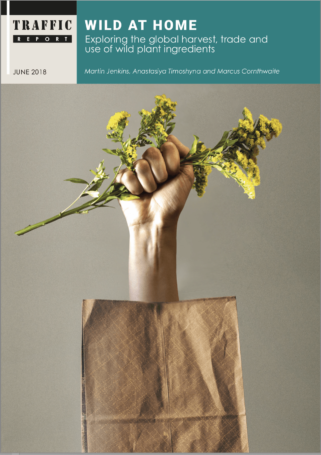
Wild at Home report by TRAFFIC
Educate yourself about where the plants in the product you purchase come from. Wild at Home is a good place to start.
- Are you a company and interested in learning more about FairWild certified ingredients? Check out the Matchmaking page for ingredient lists.
- Ask companies what products or ingredients they use that are FairWild certified. If so, thank them! If not, ask what mechanisms they have in place to ensure that the wild harvested plants they do sell have actual resource inventories and management plans.
Saying “sustainably harvested” is not sufficient unless they have documents—third party certification—to demonstrate this. If they don’t have these documents, realize “sustainably harvested” is just a marketing claim.
- The standards themselves are some of the most comprehensive standards that exist for supporting social, cultural and ecological diversity. Companies can use these standards as internal guides for thinking through these complex issues.
- Filmmaker Terry Youk and I conducted a series of interviews on FairWild at BioFach to produce short videos talking about wild plants, biodiversity, plus cultural and economic equity to help spread the word, especially during FairWild week. Contact FW Foundation if you are willing to help share promotional materials with your followers during FairWild week!
Top Photo/Graphic Courtesy of Sebastian Pole, Pukka Herbs.

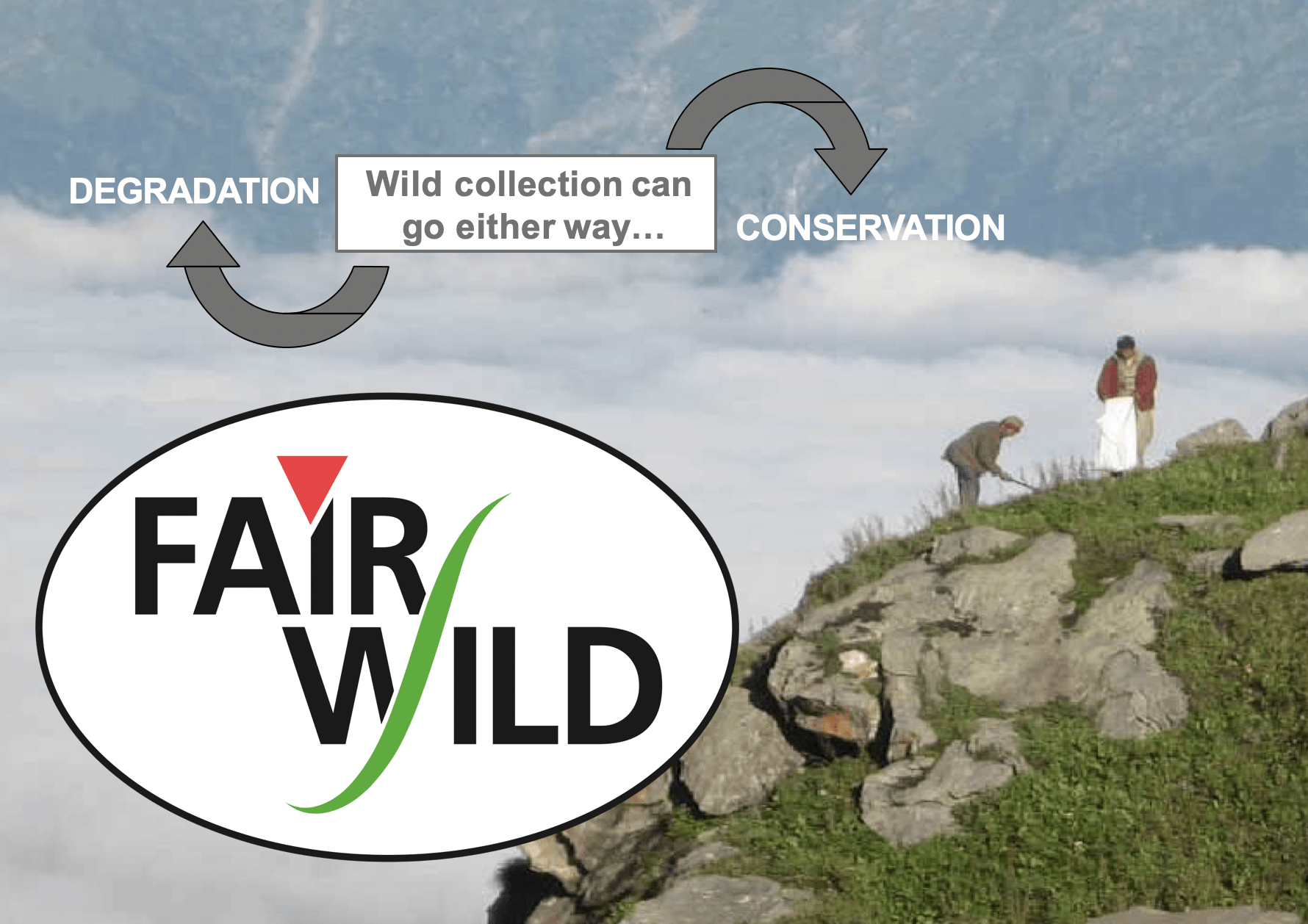

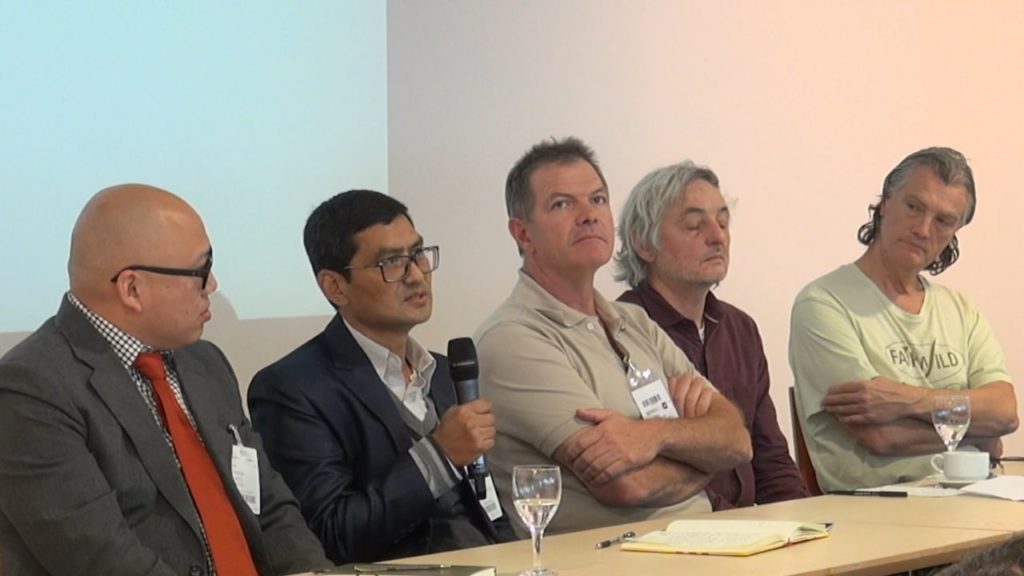


Comments